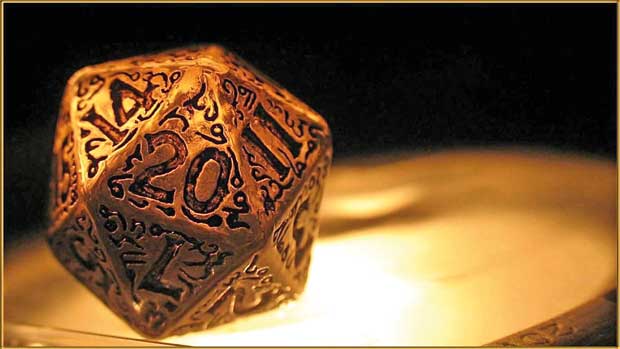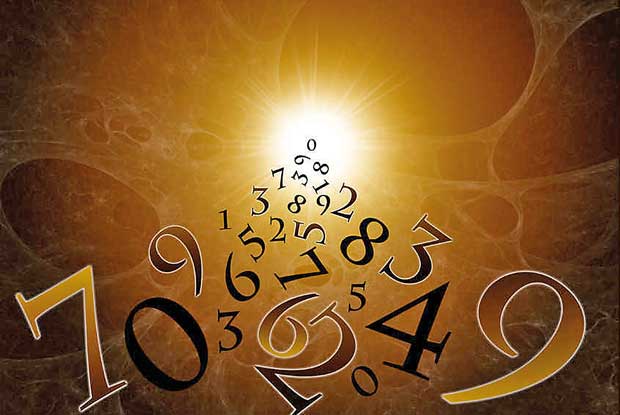16 Jun 2017 - {{hitsCtrl.values.hits}}

 Have you had the experience of taking an instant liking for a person whom you have met for the first time in life? Asked this question, most would immediately say: “Yes”.
Have you had the experience of taking an instant liking for a person whom you have met for the first time in life? Asked this question, most would immediately say: “Yes”.
Attraction and repulsion
By the same token, we all, no doubt, may have had the experience of taking an instant dislike for a person we have met for the first time in life for reasons you cannot explain.
There can be many factors accounting for our instant attraction to some unknown person or an instant dislike for a complete stranger. The Science of Numerology helps us in several ways to unravel this mystery shrouding our emotional reaction to a person at first sight.
According to Numerology, one reason for our ‘unreasonable’ reaction to strangers at the first encounter is the affinity or the clash among numbers influencing us in a mysterious way.
Date of birth and basic numbers
The date of birth is one of the factors that explains our strange ‘unreasonable’ reaction to a stranger.
For the immediate purpose of explaining the affinity or the conflict among numbers, let us take the date of birth without the month and the years. Before, proceeding further, I think we have to understand what a basic number is and how to reduce a number with several digits into a basic number.
Numbers 1 to 9 are basic numbers, because all bigger numbers are produced by an arrangement of numbers from 1 to 9. We do not include the zero (0) because it represents a negative aspect in this context.
Now the question arises us to how to reduce a larger number having several digits into a basic number.

Suppose you are asked to reduce the following number into a basic number,
3 4 5 6 7 2 1 9
Add up these figures
3 + 4 + 5 + 6 +7 + 2 + 1 9 = 37
Again add up 3 + 7 = 10
Again add up 1 + 0 = 1
Therefore, the basic number of 34567219 is 1.
We were speaking about the affinity or the clash between numbers in relation to the date of birth and applying the basic number rule only to the date overlooking the month and year for our immediate purpose. There is a maximum of 31 days in a month and the question of reducing the first nine day-dates does not arise as these dates carry only one digit and are basic numbers themselves. The other dates can be reduced to basic numbers as follows:
10 = 1 + 0 = 1
11 = 1 + 1 = 2
12 = 1 + 2 = 3
13 = 1 = 3 = 4
14 = 1 + 4 = 5
15 = 1+ 5 = 6
16 = 1+ 6 = 7
17 = 1+ 7 = 8
18 = 1 + 8 = 9
19 = 1 + 9 = 10 = 1 + 0 = 1`
20 = 2 + 0 = 2
Thus we reduce all birth dates to basic numbers from 1 to 9. For example, a person born on the 1st, 10th, 19th or 28th of the month is a Number 1 person. A person born on the 7th, 16th, or 25th of the month is a Number 7 person.
Thus you will understand people born on different days of the month fall into nine groups according to the nine basic numbers. If you make an experiment with the birth dates of your friends, you will certainly find a strong affinity between those in a particular number group.
Numerologists, for the purpose of determining affinity between ‘different –date’ persons on a wider range have further grouped together the nine number people as follows:
(1) (a) 1 and 4 (b) 2 and 7
(2) 3, 6, and 9
(3) 5
(4) 8
These groupings show No: 1 people have affinity not only with No: 1 people, but also with No: 4 and
vice versa.
No: 2 people have affinity with No: 7 people and vice versa. No: 3 people have affinity with No: 6 and No: 9 people and vice versa and No: 5 and No: 8 people have no affinity with any other Number group people.
29 Dec 2024 42 minute ago
29 Dec 2024 2 hours ago
29 Dec 2024 2 hours ago
29 Dec 2024 2 hours ago
29 Dec 2024 3 hours ago